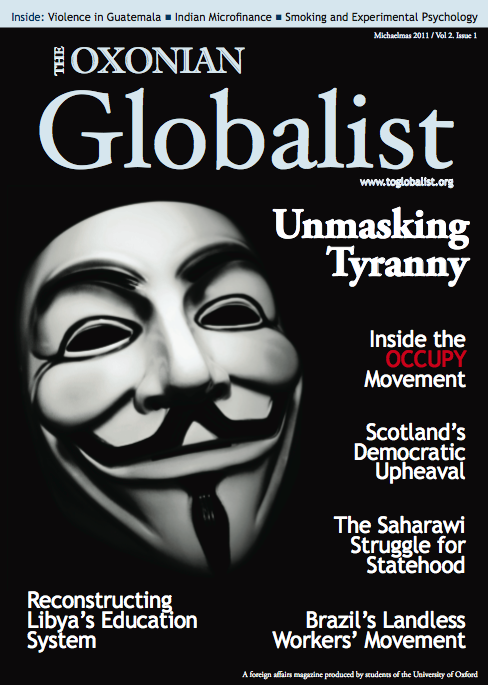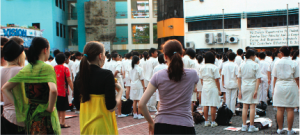On the surface, it is easy to buy the argument of how a 1979 scheme called the Special Assistance Plan (SAP) has been beneficial to the education landscape in Singapore. One just has to read the official history books to know why. Lee Kuan Yew himself admired the “Chinese values” that were taught in certain Chinese schools and asked for them to be preserved, something a teacher of mine used to remind me of when I was in a SAP school myself. This wish eventually grew into the SAP scheme, which will soon welcome its eleventh selected school in Nan Chiau High School next year.
But a good question arises when one digs deeper into the issue: what exactly did he mean by “Chinese values”? Surely it is not only the Chinese who believe in the value of education? After all, a Teachers Training College (now the National Institute of Education, or NIE) publication in 1968 chronicling “150 Years of Education in Singapore” emphasised how all of Singapore’s races, not merely the Chinese, stressed the importance of education.
These SAP schools are no ordinary schools: today, almost every single one of the SAP secondary schools have either become independent or “autonomous”, which is a category of semi-independent schools that have more control over school administration. Any school that holds on to such a status enjoys an added prestige: indeed, independent and autonomous schools have seen an increase in the number of applicants since the introduction of these schemes in 1987 and 1994 respectively.
“Over the years the children in SAP schools have been given multiple advantages over those in Ordinary Schools”, Michael D. Barr, a historian on Southeast Asian politics, wrote in an article to the Far Eastern Economic Review in 2006. He says that these students have been given “special consideration” for pre-university scholarships, among other things.
Such non-government schools have traditionally been seen by the public as elitist: while Raffles Institution, which turned independent in 1988, used to charge less than SGD$10 (£5) for annual school fees, it now charges SGD$10 (£150) monthly, effectively pricing out the poorer segment of the local population. The handful of schools that were allowed to become independent, are also almost exclusively located within the notoriously affluent Bukit Timah locale – an area that has four independent schools alone.
Schools need to go through a stringent process of applications in order to successfully become independent. In an interview, Wee Heng Tin, the former Director-General for Education, justified the strictness of the process, and stressed that these schools had a “need for fairly strong tradition in order to marshal community support…and strong alumni links. Not many schools in Singapore would be able to get that kind of assistance from the community.”
When Mr Lee – who had as Prime Minister allowed his government to experiment with introducing schemes bordering on eugenics, such as paying for low-income males to have vasectomies – was asked if the geographical locations of these schools were elitist, he answered that Singapore should be more concerned about providing maximum support for curricula while enjoying some government support, which effectively keeps their school fees low. This was to “cope with the excess demand of independent schools”, he said.
But autonomous schools have an important difference from independent schools: they did not have to undertake rigorous rounds of application that the independent schools had to go through.
“We were told to wait for an official announcement by the Minister”, said a principal of an autonomous school in an interview with Associate Prof Jason Tan of NIE published in his 1996 dissertation. As of 2011, all SAP schools – except Nan Chiau – have been promoted to either independent or autonomous status.
Officially, the reasons for the choices of SAP schools as part of the inaugural batch of autonomous schools were its strong academic background and alumni support. But as Associate Professor Tan points out in a 1997 article, it is not clear to what extent these schools had a role in the success of the students (given that these students were already “smarter” than the rest of the average population when they applied to these schools). Also, the strength of the schools’ alumni organisations may be due to the fact that its alumni have found themselves in more “prominent and prosperous positions” in the first place, and were better able to attract a greater amount of support.
SAP schools may only remain marginally Chinese – it no longer conducts classes in Mandarin, for instance – but they still strongly retain their “Chinese values” and require all students, regardless of race, to take Mandarin. If the introduction of independent schools widened the gap in education standards between the rich and poor, then the launch of autonomous schools (many of which are part of SAP) seems to suggest that segments of the population who do not learn Chinese have been frozen out of at least the ten top schools in the country.
If this was meritocracy, then one must think that the Chinese are therefore considerably smarter than the rest of the population – but that conclusion is not only fallacious, it also goes absolutely against Singapore’s stance on racial equality. The fact is, the playing field of education – the great “social leveller” – is not level. Indeed, SAP schools cater to the Chinese, who make up 76% of Singapore’s total population, and I, along with my Chinese peers, have stood to gain tremendously – if unfairly – from it.
Independent schools, according to Lee Kuan Yew, helped bring out the “more than ordinarily endowed” portion of the population – the elites who are deemed smarter and more capable. SAP schools, then, seem to encompass the sizeable proportion of the population who are not academically capable to make it to the elite, but are smart enough to form a second tier of elites to appease the majority-Chinese population. It is a well-crafted vision, but I doubt it has much to do with meritocracy.




